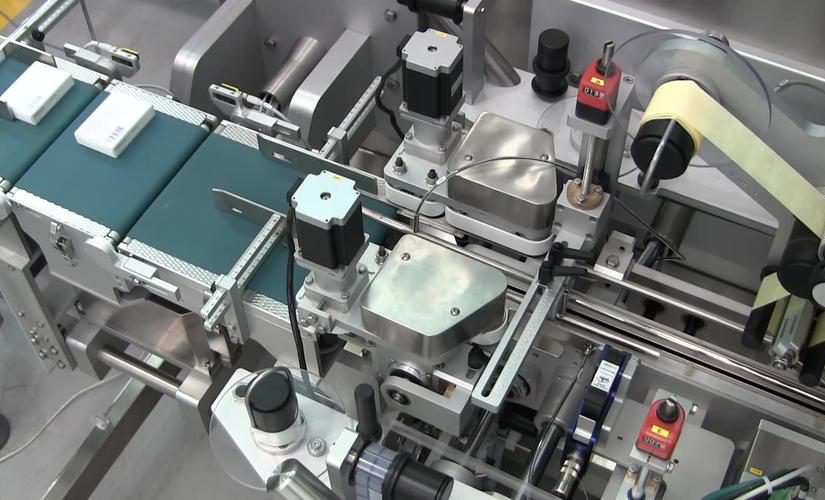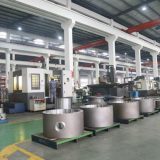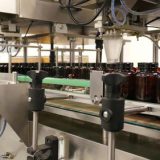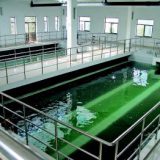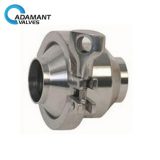From plant workers to technicians they have often assumed that sanitary check valves do not function and have even gone an extra mile to change the plant setting so as to avoid using check valves. This article is aimed at enlightening you on how they are used, where they are used and the advantages of sanitary check valves.
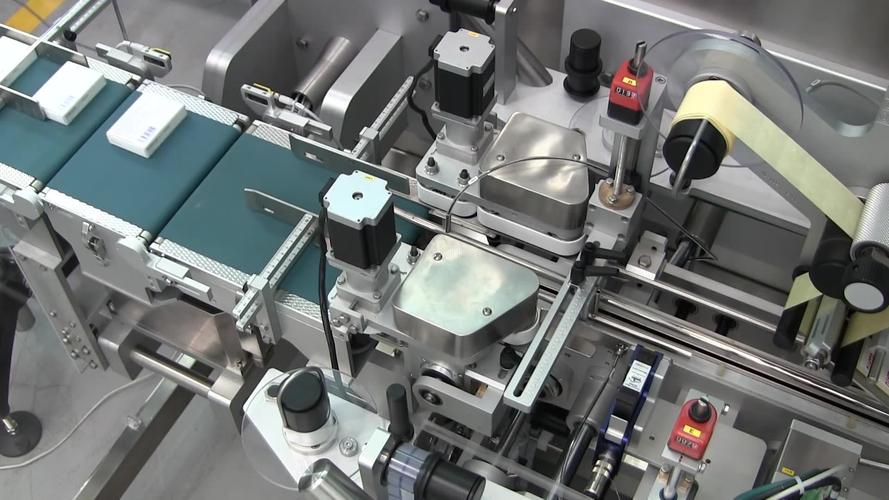
What is a Sanitary Check Valve?
A sanitary check valve, a non-return valve, or a one-way valve, are valves that usually allow liquid or gas to flow in one direction. Whereas check valves are double orifice valves, which means that they have double openings in the body, the first is for the fluid to enter and the second is for the fluid from it. You can find many types of check valves used in a wide variety of applications. However, this check valve is one of the common household items. The good thing about the check valves is that usually, these are very simple, small, and cheap. You do not need to use it manually, normally the check valves work automatically.
What are the Classifications of Check Valves?
1. Swing check valve
The valve flap of the swing check valve is disc-shaped and rotates around the axis of the valve seat channel. As the channel inside the valve is streamlined and the flow resistance is smaller than that of the lift check valve, it is suitable for low flow rate occasions or large caliber occasions where the flow doesn’t frequently change
2. Lift check valve
It is a kind of check valve whose valve flap slides along the vertical centerline of the valve body. The lift check valve can only be installed on horizontal pipelines. On a high-pressure small-caliber check valve, the valve flap can use round balls.
3. Disc check valve
Its valve flap rotates around the axis inside the valve seat. The disc check valve has a simple structure, and can only be installed on horizontal pipelines. Its sealing performance is poor.
4. Pipeline check valve
Its valve flap slides along the centerline of the valve body. It is a new type of valve. Its size is small, its weight is light, and the processing technique is good. It is one of the development directions of the sanitary check valve. But its fluid resistance coefficient is slightly larger than that of the swing check valve.
5. Pressed check valve
This kind of valve is used to feed water to boilers and cut off the steam. It has combined functions of a lift check valve, shut-off valve, and angle valve.
What are the applications of sanitary check valves?
Sanitary check valves are usually installed in places where the medium flow back when the valve is not closed. At the outlets of common water pumps, check valves are usually installed to prevent the backflow of high-pressure water into pumps, damaging the pump impellers or other parts, leading to accidents. In sum, check valves are used in most pipelines or equipment to prevent the backflow of the medium.
How Does a Sanitary Check Valve Work?
The two-port valve, the poppet valve, has two openings in the body, the first allowing the fluid to enter while the other allowing the fluid to leave. The most significant concept in the sanitary check valves is the cracking pressure. It can be explained as the lowest upstream pressure at which the valve operates. Normally, the non-return valve is designed to be designed for and can, therefore, be particularly suitable for an explicit cracking pressure.
Why do Users Prefer Sanitary Check Valves with Union Connection?
A sanitary check valve with union connections is also known as the non-return valve. The valve has been designed to prevent the backflow of fluids. It is a spring check valve designed with tri-clamp ends. The valve has been designed with corrosion-resistant material to prevent contamination. This is because of its ability to allow the passage of highly viscous fluids and particulate materials. This valve has been designed to work when the pressure below the valve plug exceeds the pressure valve plug and the spring force. The valve can only close when the pressure has equalized.
How do Sanitary Check Valves Work in Hot Water Heating Systems?
Choosing the right type of check valve has a great influence on the protection of the water hammers. For example, a large number of water hammer accidents in the pump station are related to the check valve installed at the pump outlet. After the accident stops the pump, the water starts to flow back through the pump. Under the action of the backflow, the check valve closes quickly. If the check valve is affected by the failure or bearing friction and its inertia, it may lag behind the time of starting the reverse flow, that is, when the backflow increases to a certain value, or even a quick shutdown at the moment of maximum backflow, high pressure can be generated at the check valve.
For more information, please visit http://www.adamantvalves.com/
